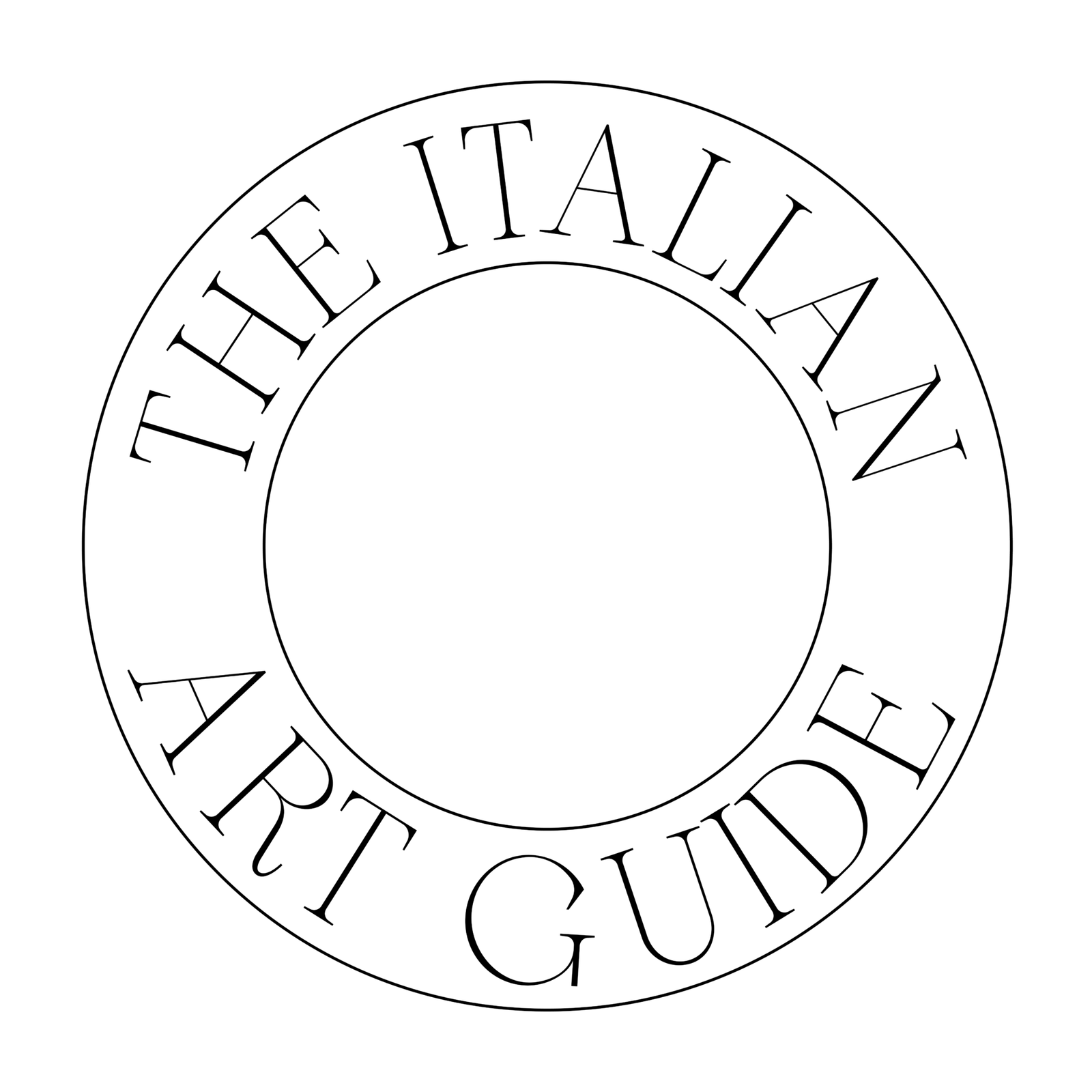I quadrucci
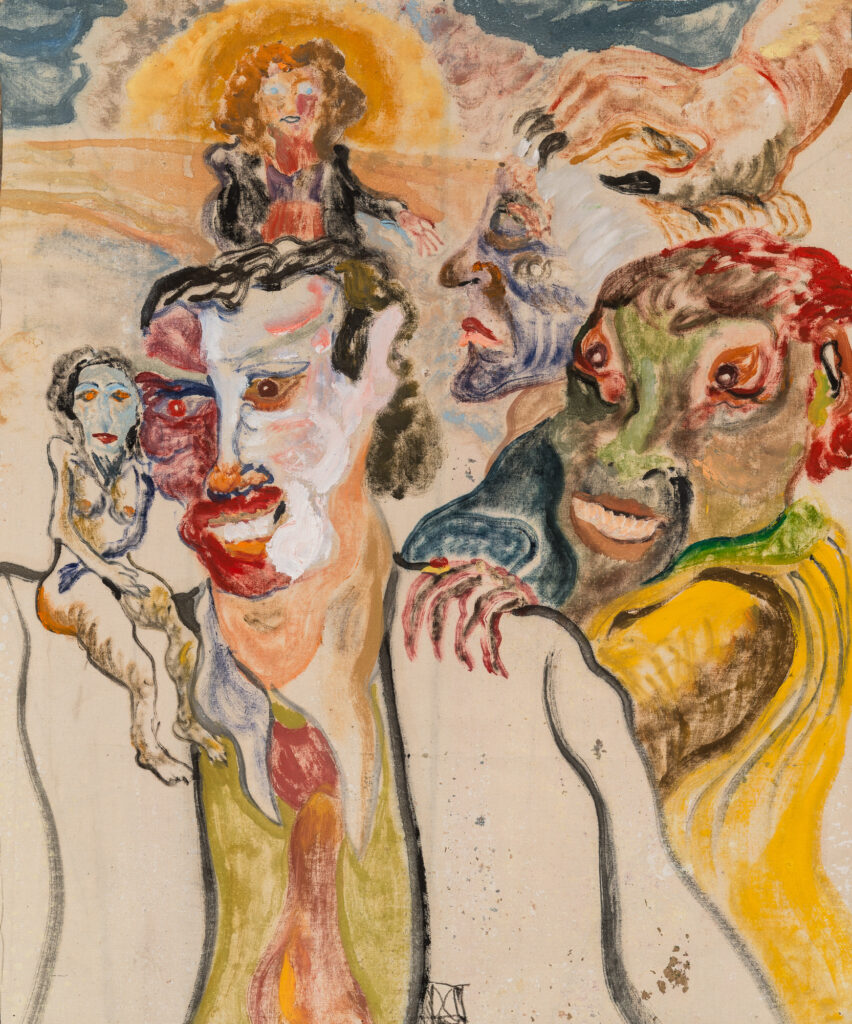
I quadrucci Galleria Eugenia Delfini is pleased to present I quadrucci, Pier Paolo Perilli’s second exhibition at the gallery. The artist presents a new cycle of oil paintings consisting of more than twenty canvases depicting a world dense with tension, lost between secrets and terror, violence and splendor. In the first canvas of this new […]
Nell’uscire
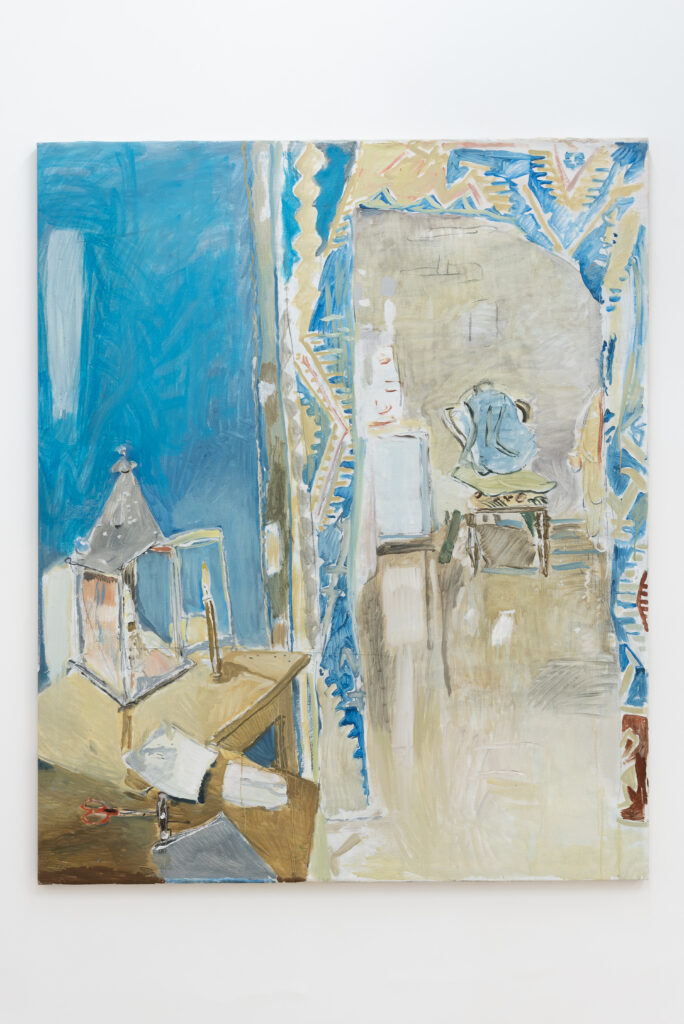
Nell’uscire ITA: ‘Nell’uscire’ è il titolo del terzo progetto espositivo monografico che la Galleria Richter dedica al pittore Giulio Catelli. La mostra è organizzata per sezioni tematiche, a illustrare un corpus di dipinti inediti, presentando la recente produzione, caratterizzata da una ricerca più intimista ed esistenziale. Le opere, tutte realizzate fra il 2024 e il […]
thousand years
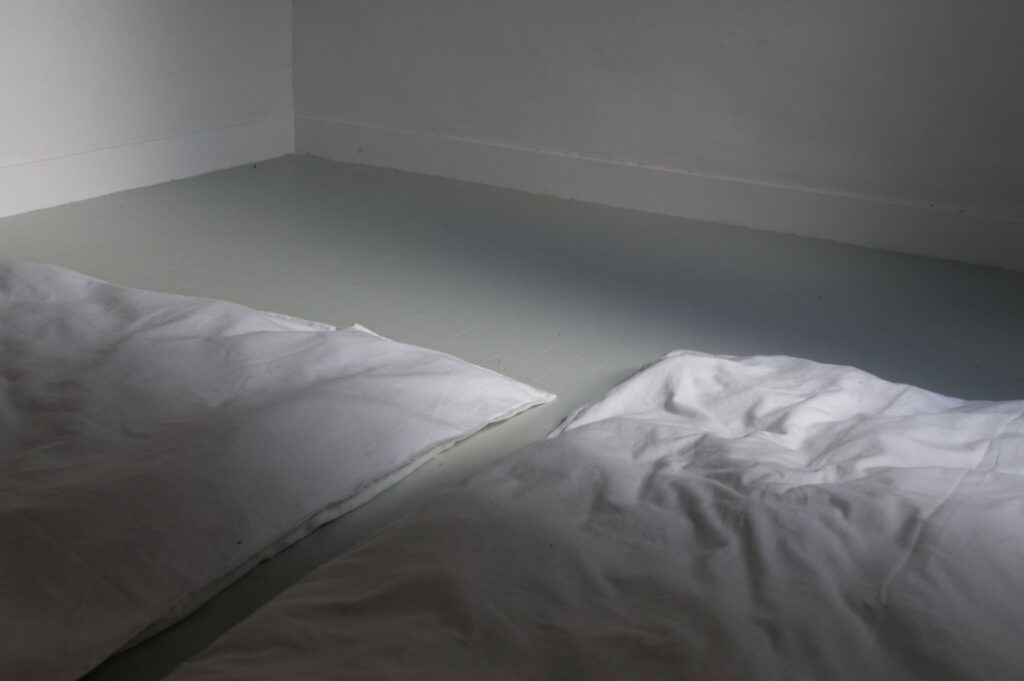
thousand years thousand years, solo show by Andréa Spartà at Friends And Family, Bordeaux, France I sewed these cushions in 2024. There were five of them. I set two aside because the sheets I had used were haloed with sweat. Hyperhidrosis comes from an overactivity of the sympathetic nervous system. The sweat produced by the […]
EMBODIED SURFACES

EMBODIED SURFACES Continuing the journey that began with Unseen Reconstructions (2023) and An Elusive Elsewhere (2024),EMBODIED SURFACES explores collective memory in the diaspora and the role of the body-body in motion, the body as an archive-in-construction of experience and identity. The works on display invite us to perceive space as a place of transformation, where […]
Crossroads Shimmer like Hesitant Stars
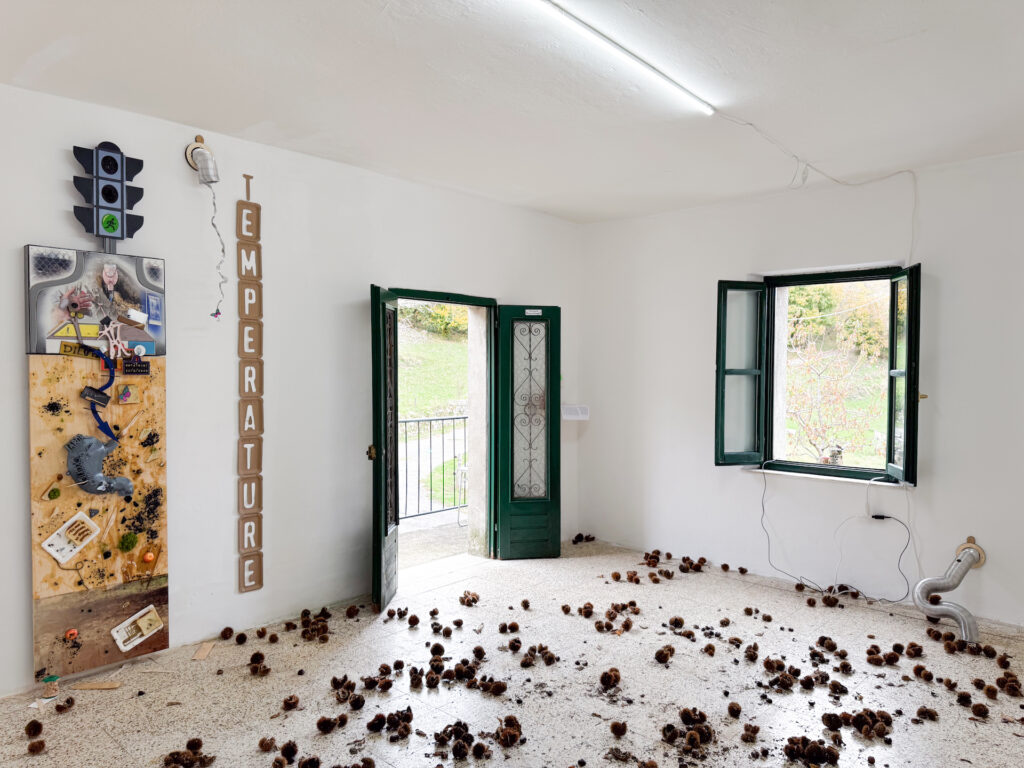
Crossroads Shimmer like Hesitant Stars (In Czech, the phrase for ‘to spend time’ literally means ‘to digest time.’) Every time I encounter Jakub’s work, I find myself wondering how much time he actually asks of you— how much attention you’re willing to spare in order to read it. Because it’s layered, with a capital L. […]
Palimpsest – Stratifications in Time
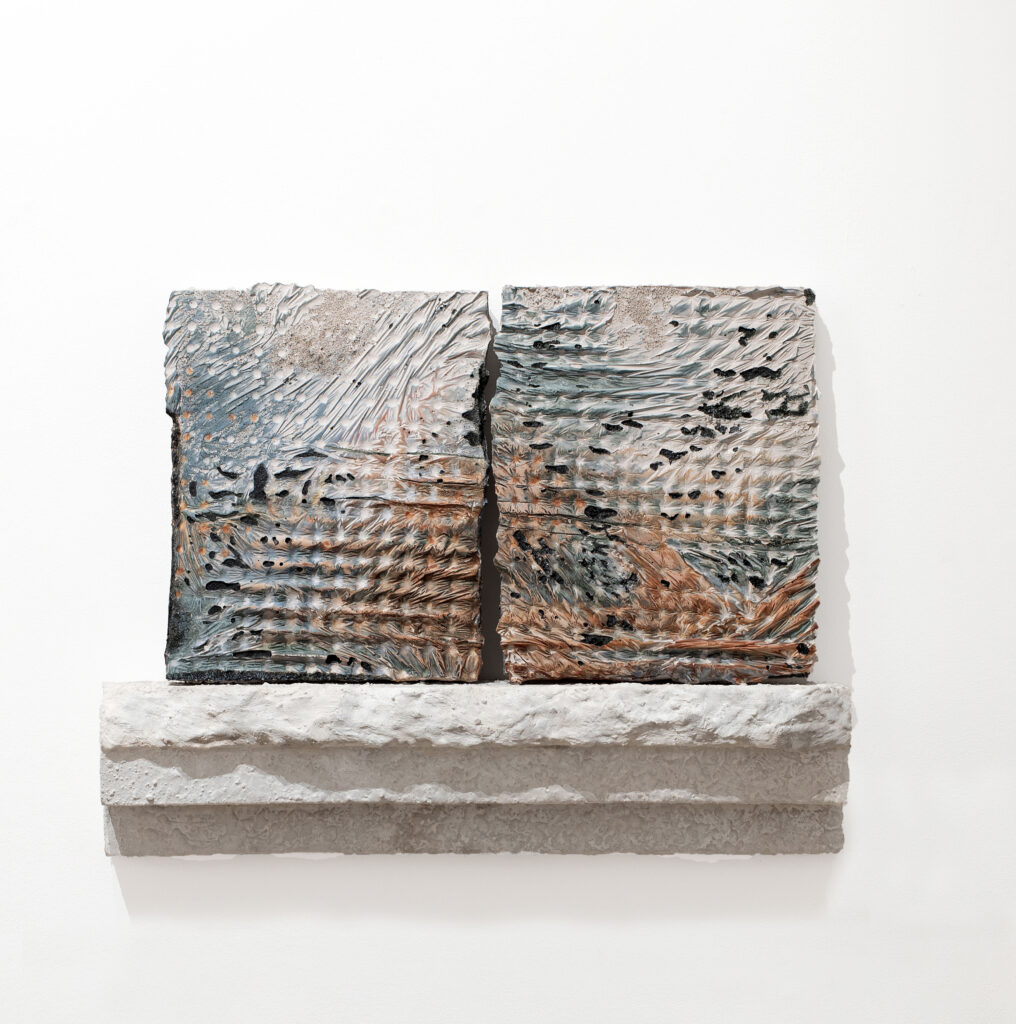
Palimpsest – Stratifications in Time Palimpsest – Stratifications in Time presents a new body of work conceived as an interconnected system, in which painting, sculpture, and installation investigate urban architecture as a stratified surface of social, political, and cultural tensions.
Male Extinction

Male Extinction Galleria Solito launches a new exhibition program with the group show “Male Extinction”, featuring works by five artists: Sitara Abuzar Ghaznawi, Nora Aurrekoetxea, Caterina De Nicola, Eva Gold, and Miranda Secondari. Conceived and curated for Galleria Solito by Massimiliano Scuderi, this new project will extend beyond the gallery spaces to encompass the […]
I’m Half Sick of Shadows
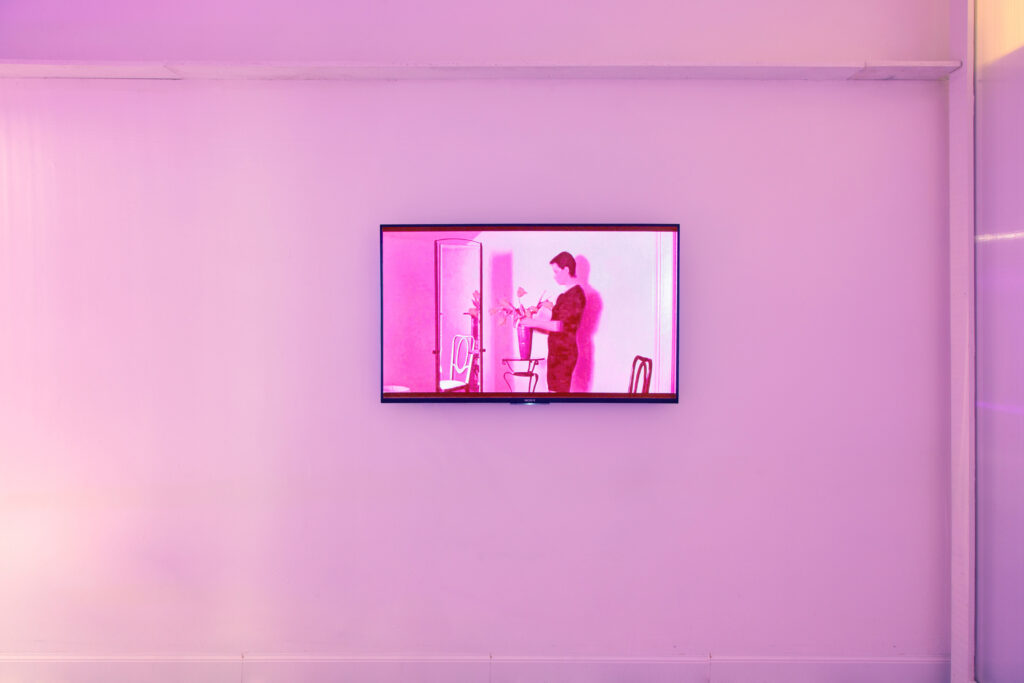
I’m Half Sick of Shadows With I’m Half Sick of Shadows, a solo exhibition by Davide La Montagna, we inaugurate 10 documents, a platform for artistic, curatorial, and theoretical research structured through public research programs, each devoted to a different object of study. Through exhibitions, publications, encounters, conversations, sonic and performative acts, the platform […]
Pain of Pleasure
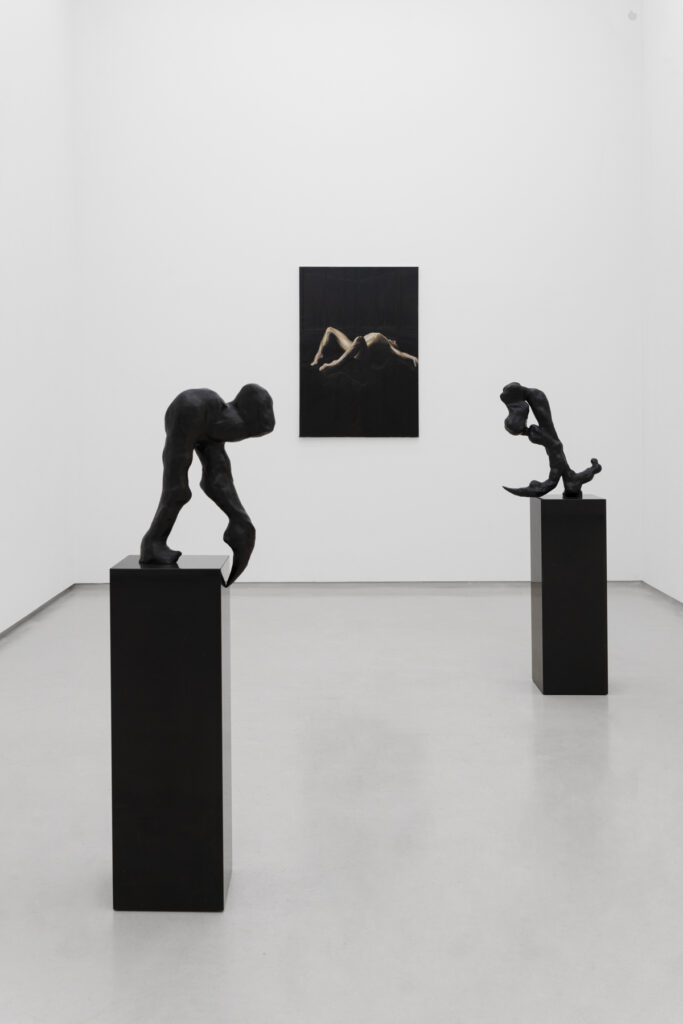
Pain of Pleasure In Western thought, pleasure has always been conceived as a positive, compensatory, at times domesticated experience — one capable of offering a brief reprieve from the sense of emptiness. Yet each time pleasure asserts itself, it also reveals its own negation.There is no pleasure without risk, excess, exposure, or dislocation — nor […]
Foot drop
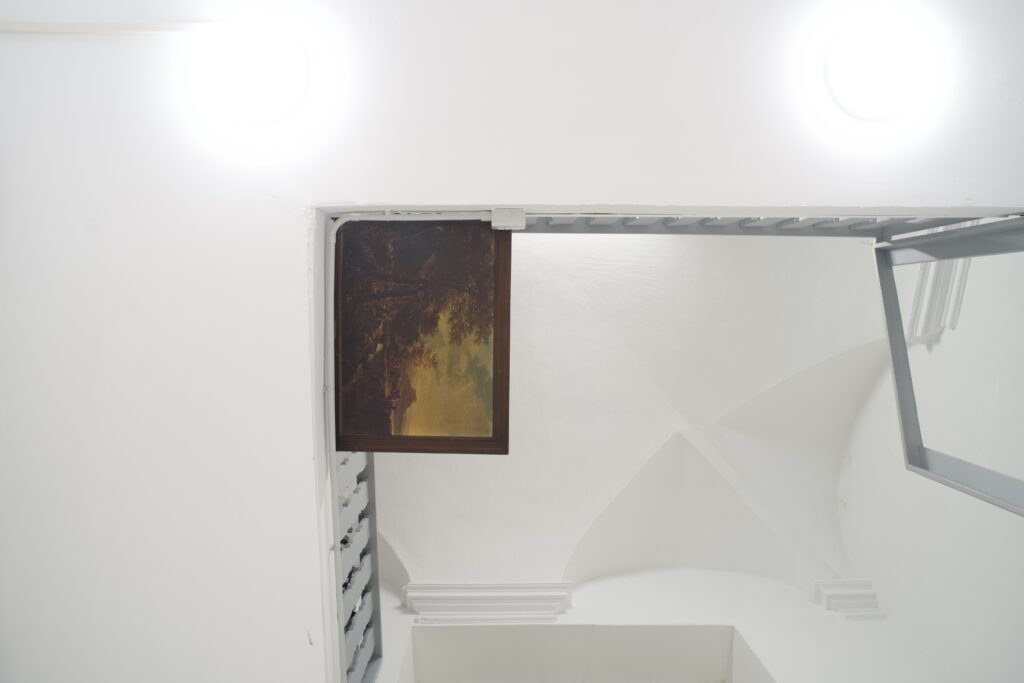
Foot drop Foot drop is a solo exhibition by Marco-Augusto Basso (1995), a project that brings together a series of sculptures conceived as an investigation into the physical, symbolic, and emotional relationships that exist between heterogeneous objects and situations. In this new production, the artist investigates the possible material behavior of things—their ability to […]
